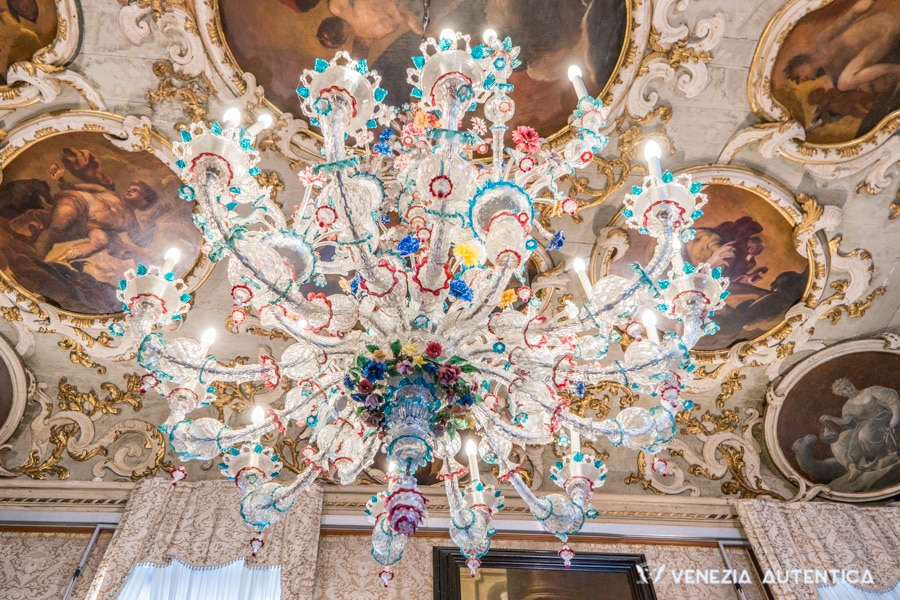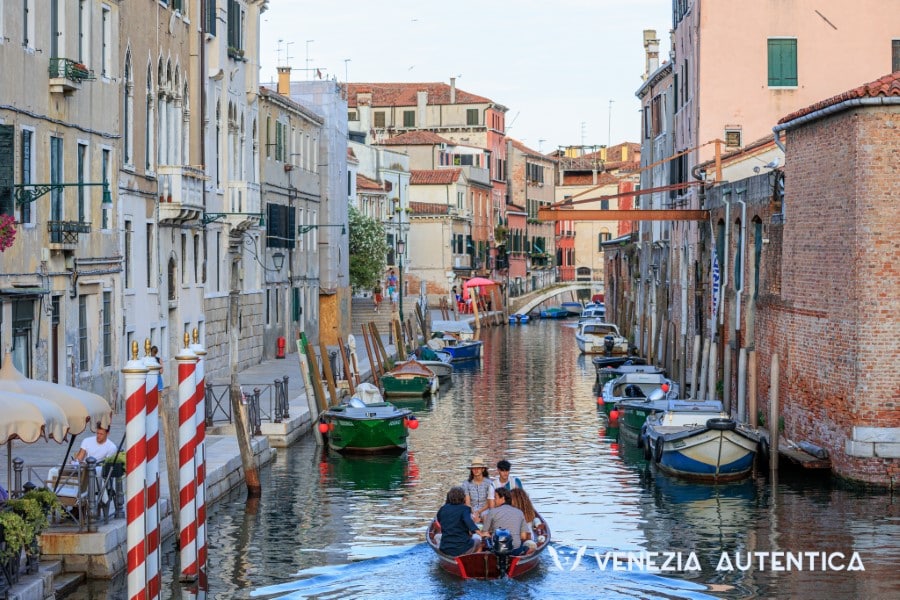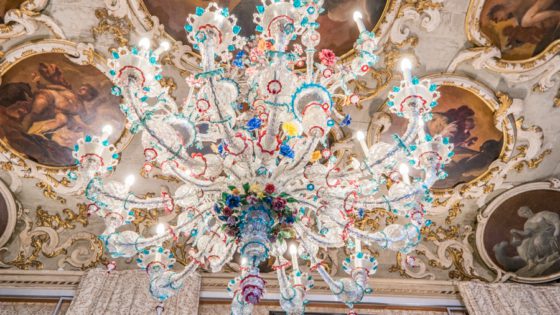'Aqua Granda', the highest ever registered acqua alta in Venice
Acqua Alta is a natural phenomenon that is part of the local life in Venice.
The XXth century has seen the frequency and height of the “aqua alta” increase significantly, to reach a record the 4th of November, 1966 : +194 cm. A date which remains, with no doubt, carved in the collective memory and has been given its own name “aqua granda”.
Want more tips, tools and stories from Venice, Italy?
We're on a mission to make it easy and fun to discover and support the authentic Venice. Try our email and see for yourself!
What caused such an incredibly Acqua Alta or high tide?
An extremely strong Scirocco wind blowing at almost 100km/h, coupled with a sudden and important decrease of pressure of 30hPa on the area of the lagoon of Venice, were the two main causes of this tremendous high tide. These two atmospheric events caused an increment of the tides of +185cm over sea level, way above the normal in Venice. To make things worse, and especially dangerous for the inhabitants of Chioggia and Pellestrina, two islands enclosing the Venetian lagoon and located by the sea, the tidal waves of the Adriatic sea broke through the dikes of the islands, bringing the open sea into their houses.
How long did the Acqua Alta last in Venice in that occasion?
The high water remained above 110cm for over 22h, completely cutting Venice from the rest of the world. Electricity and gas could not be provided to the city for 3 days, leaving the inhabitants isolated, in the cold and in the darkness of those tragic November days.
After one whole day, the scirocco wind was replaced by a strong Bora wind that helped the water to flow away from the lagoon.

Unlock a discount at the best local businesses in Venice
Learn more about Venezia Autentica Friends' PassCould this exceptional acqua alta have been any worse?
The 4th of November and the following days were a catastrophic event for the Venetians, but it could have been much worse. The impact of the moon on the height of the tide, also called astronomical contribution, was really low that day, accounting for a mere maximum of + 9cm at peak time while, in a regular month of November, it can go as high as 80 cm.
Now imagine, if this “normal” astronomical contribution would have happened on the 4th of November, the Acqua Alta would have reached over 2,6m!
What were the actual consequences of the 'acqua granda' ?
As with every acqua alta, the people struck the hardest by the high waters were those living on the ground floor and the shop owners, who traditionally have their business located on that same level. No one had ever expected such a scenario. People had to throw away the entire furniture of their home and the goods of their shop rotten by the sea water. It was not possible to buy food in town, nor to ask for supplies from the mainland: Venetians suddenly realized how a well-known phenomenon like acqua alta could turn into a nightmare.
On the island of Pellestrina and in Venice itself a few thousands of people had to evacuate and leave their home. Over 75 % of the shops and local businesses suffered important damages, thousands of tonnes of goods and materials had to be thrown. Also the artistic heritage of Venice was heavily hit, bringing the estimated cost of the damages to around 40 billion lire which, applying a currency revaluation, would be over 200 million euros today.
Was the 'acqua granda' an isolated case?
After that tragic event, other exceptional high waters have touched the city, highlighting the threat posed by the growing phenomenon of high tides. There are few projects aiming at protecting the city (MOSE, Venus Swarm..), but we all have in mind one question: will it be enough to protect Venice from the expected rise of the sea level?
Transcript of the journalist comments about the acqua alta of the 4th November 1966
<<These images were shot in the historical center of Venice, where the damages are incalculable.
The height of the waves in Murano has reached up to 4 meters.
For the second time in its thousand years long history, Malamocco has been completely flooded by the water.
Relentless work is taking place everywhere to restore the protective leaves, especially on the islands of “Pellestrina” and “San Pietro in Volta”, where the sea storm has destroyed the historical Murazzi built at the time of the Serenissima, as well as the protective dams.
In Pellestrina, 3.000 people had to be evacuated.
At the entrance of the port, an Italian ship has sunk after being rammed by a Yugoslavian mercantile. All the crew members have been rescued.>>
This frightening Acqua Alta is an extremely rare phenomenon that happened only once with such an intensity and should not stop you from visiting Venice.
To know more about Venice and find useful information for your visit, make sure to check out the following resources:
I'm visiting Venice. Why should I follow your recommendations?
The way you visit Venice has an impact both on the quality of your experience and on Venice itself. Chilling, exploring, shopping, eating and drinking where the locals do, can make a huge impact both on the memories you bring home and on the local economy and community.
Home >> Venice and Venetians >> Venice Explained >> You’re Here
Facts, Curiosities, History of Venice, Italy
More about life in Venice, Italy





![Everything about the amazing Grand Canal in Venice, Italy [ARTICLE + 360° VIDEO] - Venezia Autentica | Discover and Support the Authentic Venice Grand Canal in Venice](https://veneziaautentica.com/wp-content/uploads/2016/10/Grand-Canal-Venice-560x315.jpg)
![Saint Mark's in Venice: introduction to its amazing Landmarks [Article + 360° VIDEO] - Venezia Autentica | Discover and Support the Authentic Venice Area Marciana, or Saint Mark's Area, in Venice, Italy](https://veneziaautentica.com/wp-content/uploads/2016/11/SAM1911-560x315.jpg)